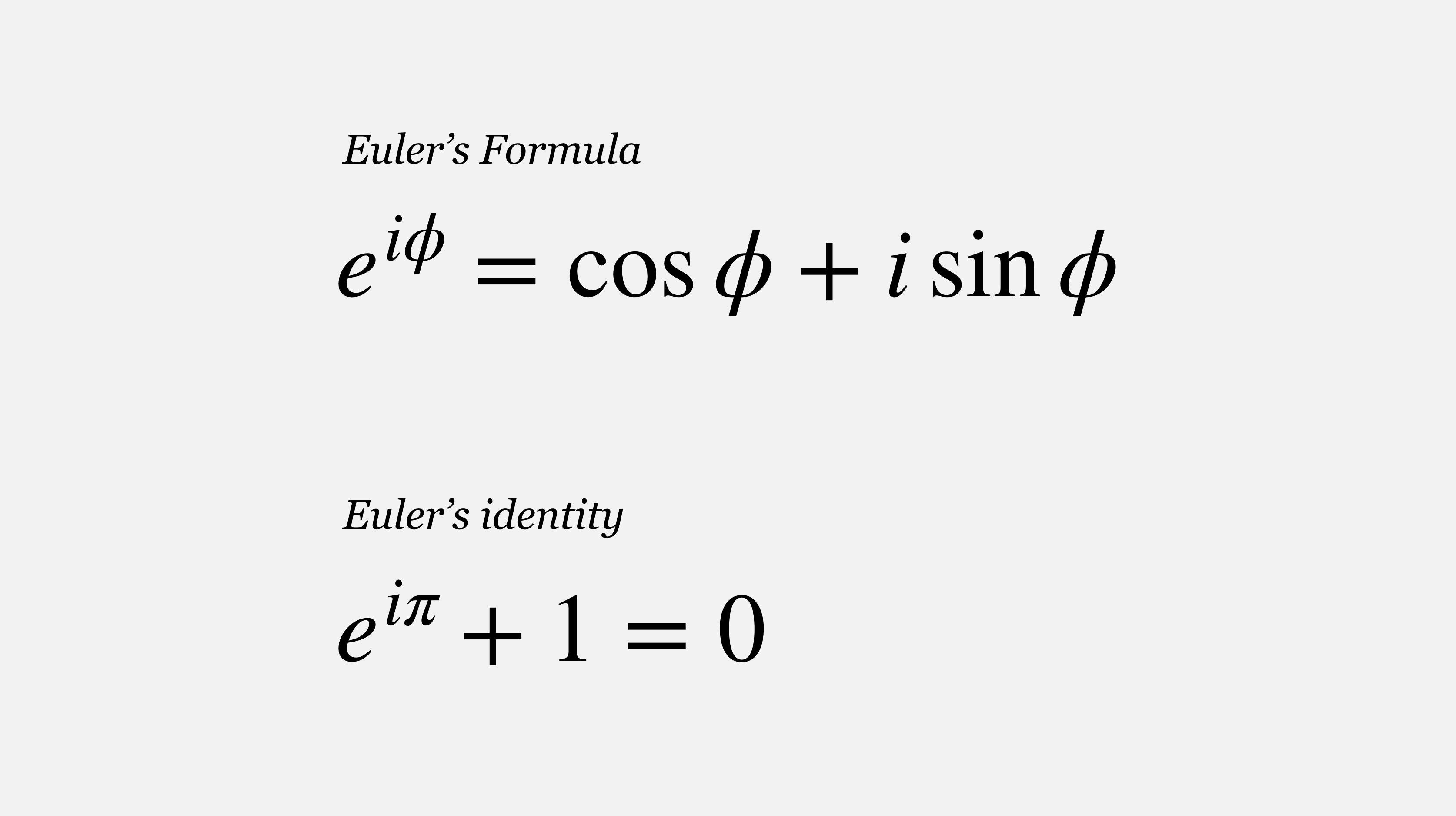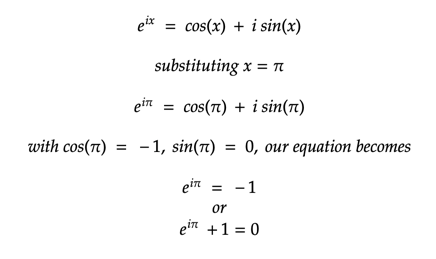Euler’s formula is widely regarded as the most remarkable formula in mathematics. It elegantly combines the seemingly unrelated worlds of exponential functions, imaginary numbers, and trigonometry into a single, aesthetically pleasing equation. We readily recognize five familiar numbers (e, i, π, 0, and 1) and three simple operations (exponentiation, multiplication, and addition) that we frequently use in mathematics. Euler’s identity unifies diverse concepts, bringing them together in one equation that we can understand and appreciate.
The great physicist Richard Feynman called the Euler formula “our jewel” and “one of the most remarkable, almost astounding, formulas in all of mathematics.”
Derivation
The Euler’s formula can be easily derived using the Taylor series which was already known when the formula was discovered by Euler. Taylor series is a representation of a function as an infinite sum of terms that are calculated from the values of the function’s derivatives at a single point. The Taylor expansion for some well known functions are:
source: wikipedia
Let’s start with the Tayler Series expansion of e^x.
If you look at the equations after grouping the imaginary parts of the series, you would see it resembles the Tayler series expansion of Sin(x) and Cos(x). Now our equation can be written in a much shorter form as:
which is nothing else but the Euler’s formula. And to derive the Euler’s identity, we simply replace x with π.
And there you have, the beautiful Euler’s identity!






